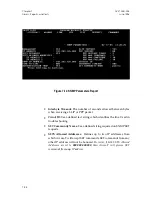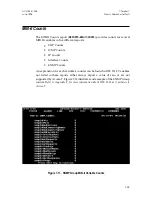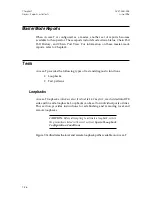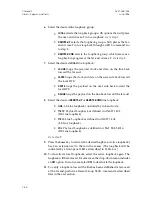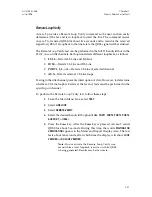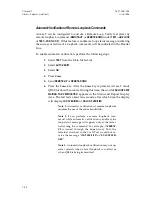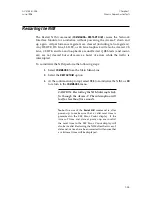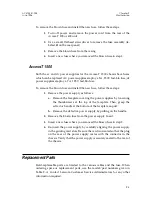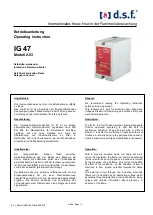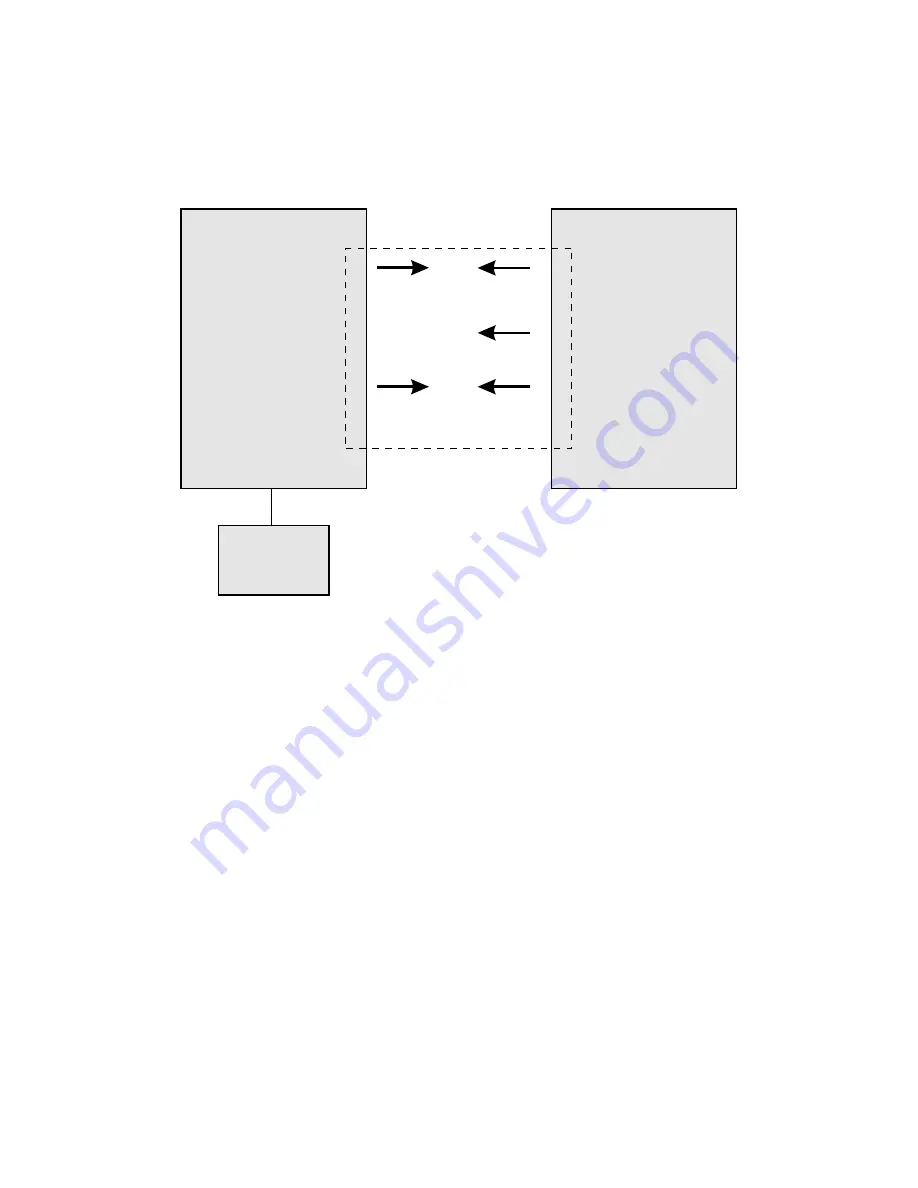
Figure 8-1. Summary of Master and Slave Functions
•
If an
enabled
alarm occurs at a slave, the slave reports it to the master,
and the terminal connected to the master displays the ALERT indi-
cation in its Title Bar.
•
If a slave is not responding, and dialout for non-responding alarms
at that node is enabled at the master, the master dials out and
transmits an alert banner (via the Supervisory Port) or sends out
SNMP traps.
In master mode, Access-T also lets you establish a virtual connection to any slave
Access-T on the chain. Once a connection to a slave is established, you can
execute any Terminal Interface commands at the selected Access-T. For exam-
ple, you can call up a 24-hour register report for the selected Access-T.
Figure 8-1 summarizes the master and slave functions.
Master Access-T
Slave Access-T
Polling of slaves is
enabled
Node address is
assigned
Dialout for non-
responding slaves
is enabled
Individual alarms
are enabled
Dialout parameters
are defined
Dialout is enabled
for individual
alarms
Chain status,
configuration, and
polling history are
maintained
Terminal Interface
commands from
master are executed;
responses are sent
to master
Virtual connection
to any node is
established on
operator command
Terminal
(controls master
and slaves)
RS485 (TABS)
Poll
Response
Polling
Alarms
Terminal
Interface
Responses
Terminal
Interface
Commands
Chain
P
o
rt
Chain
P
o
rt
Chapter 8
ACST-0351-005
Using Access-T as a Master
June 1996
8-2

